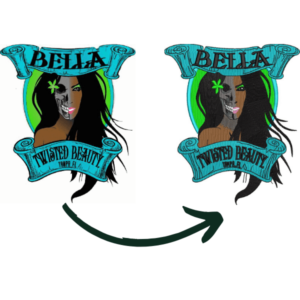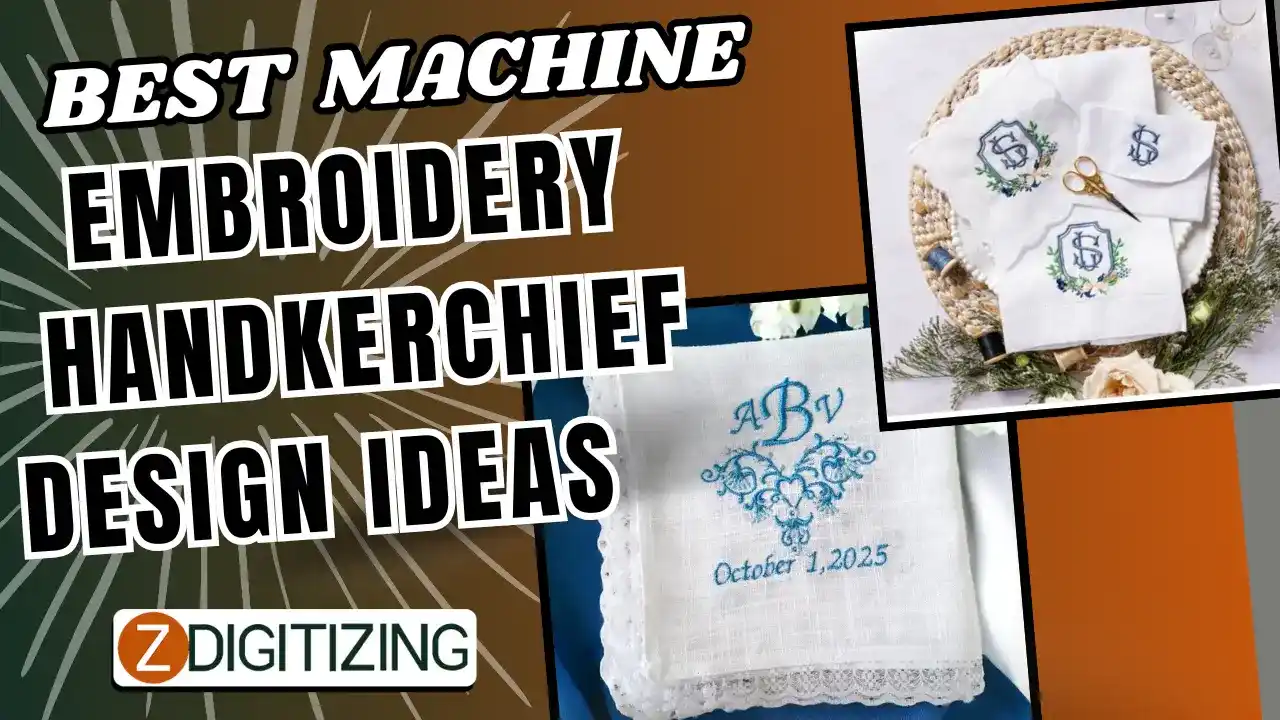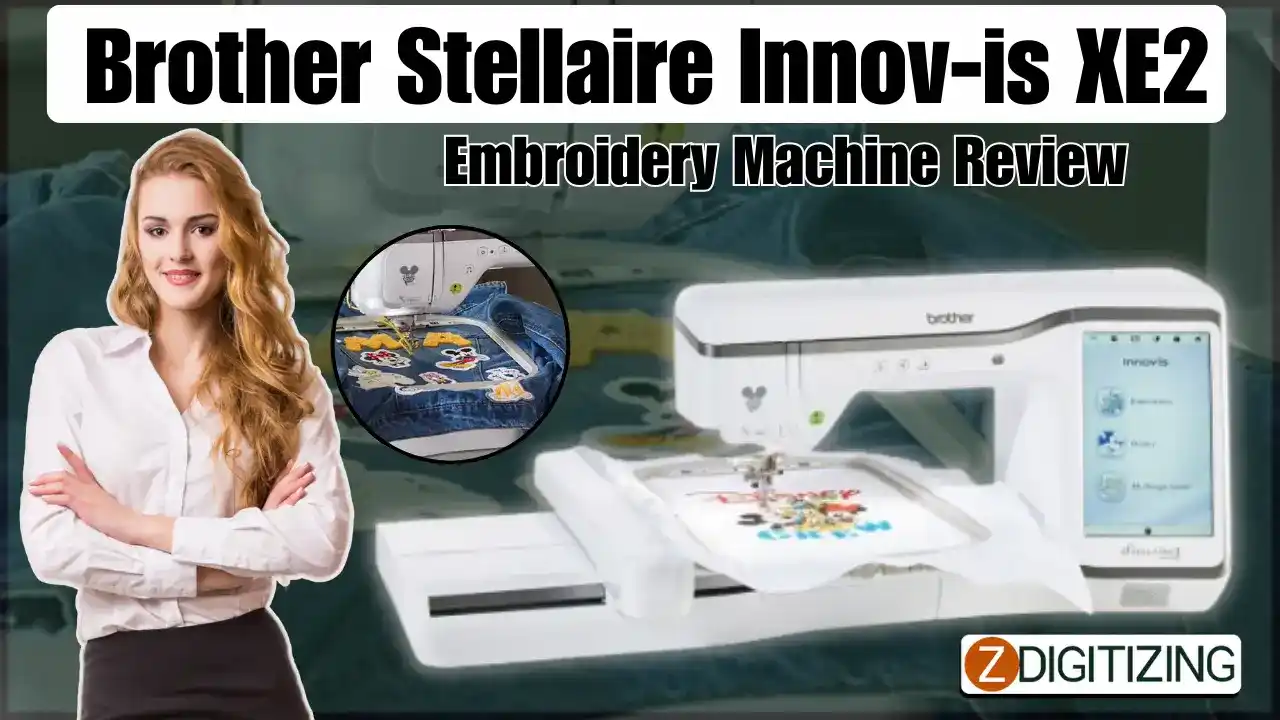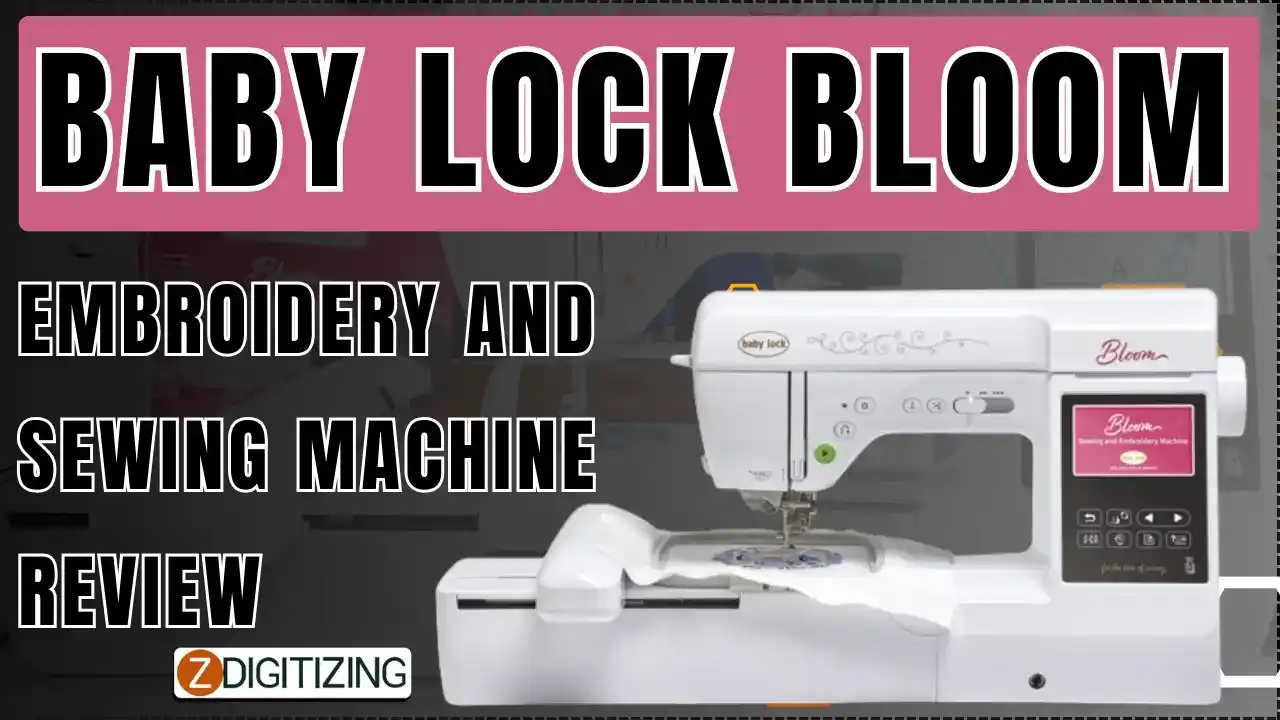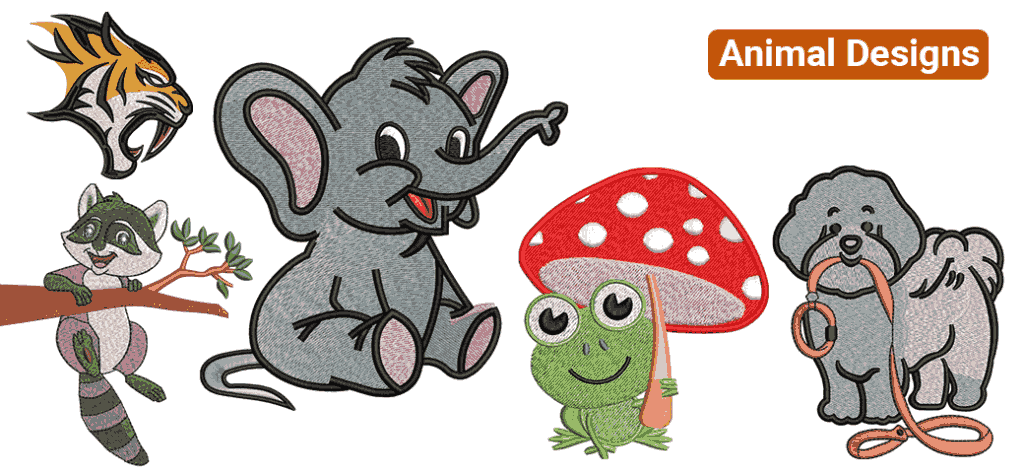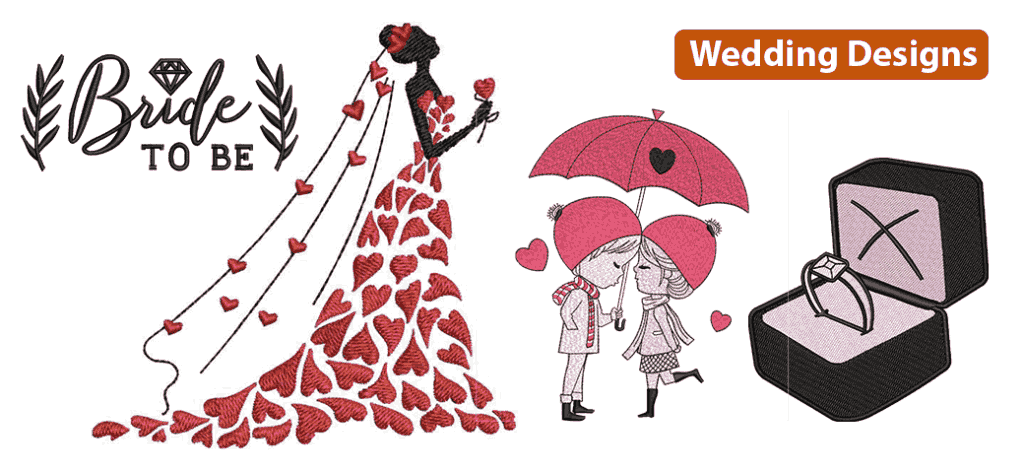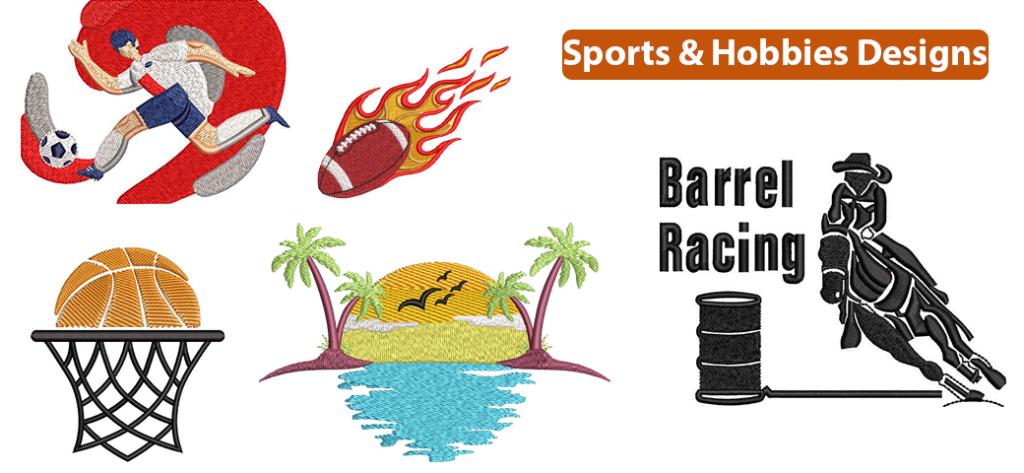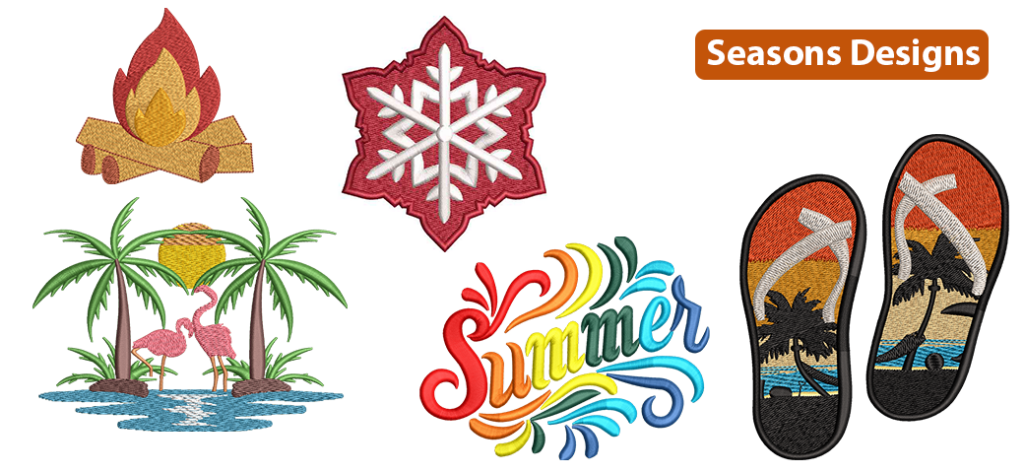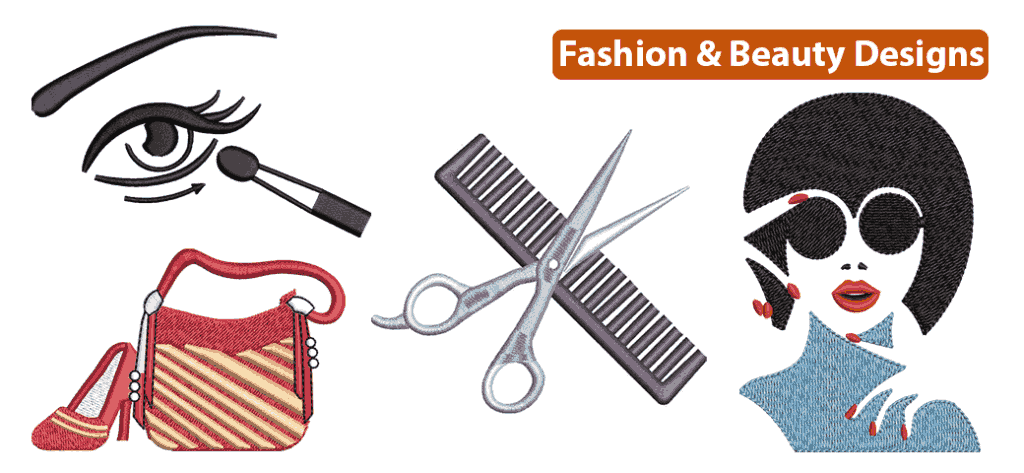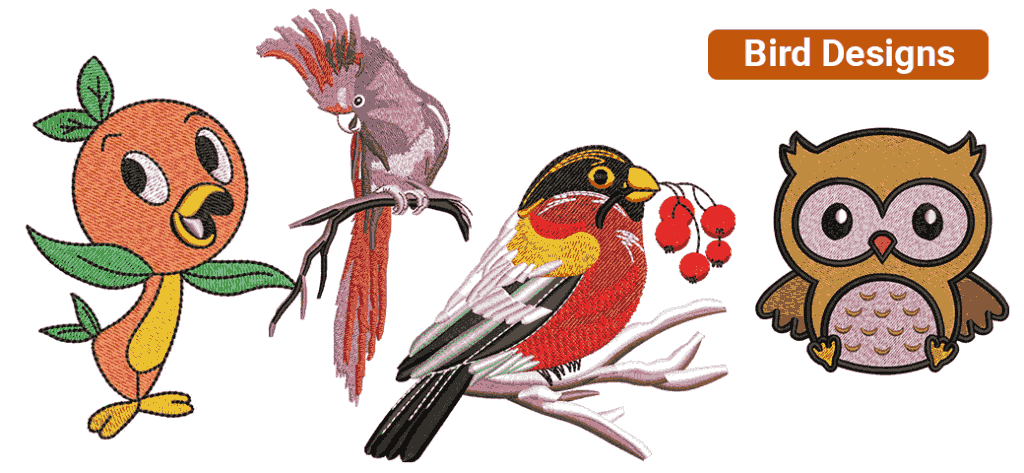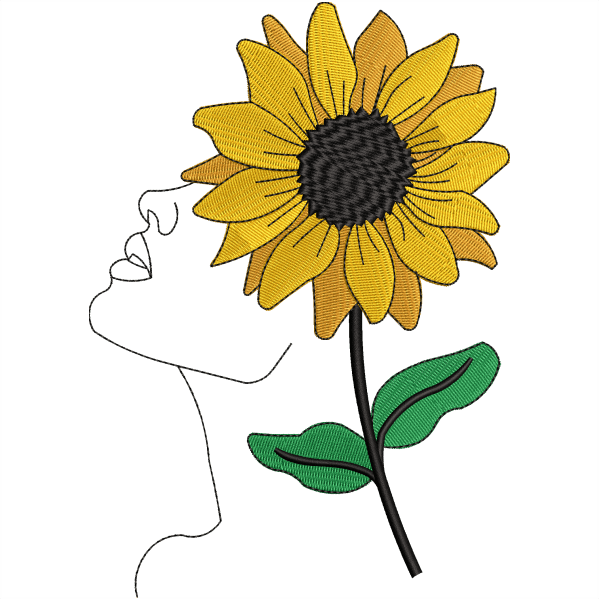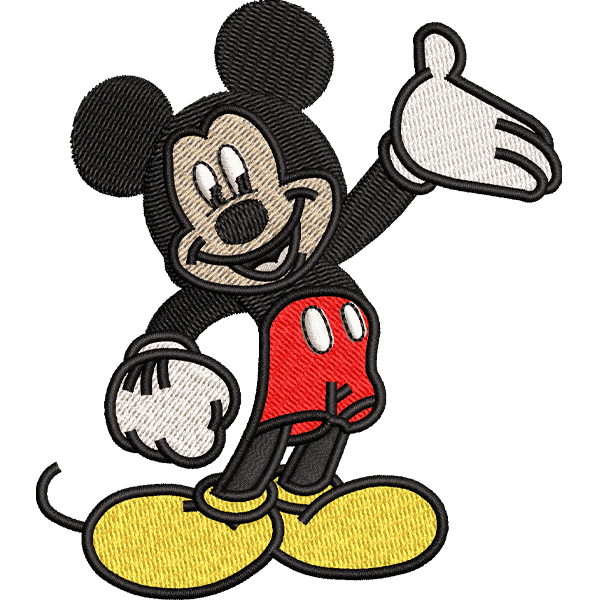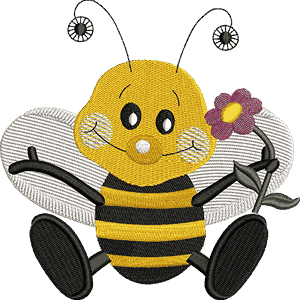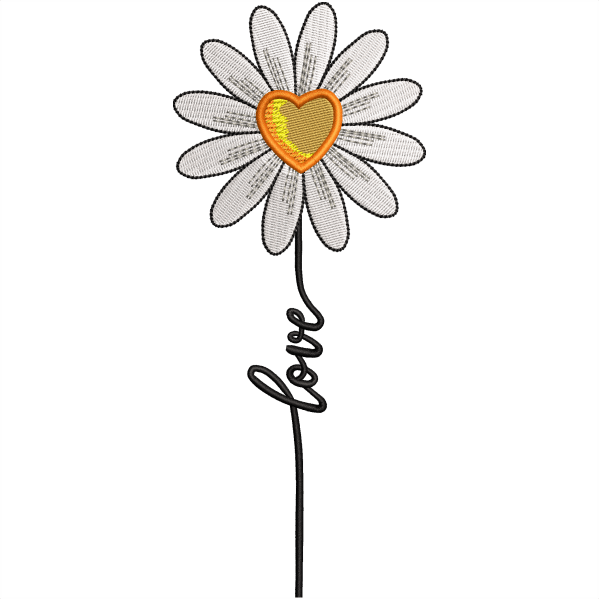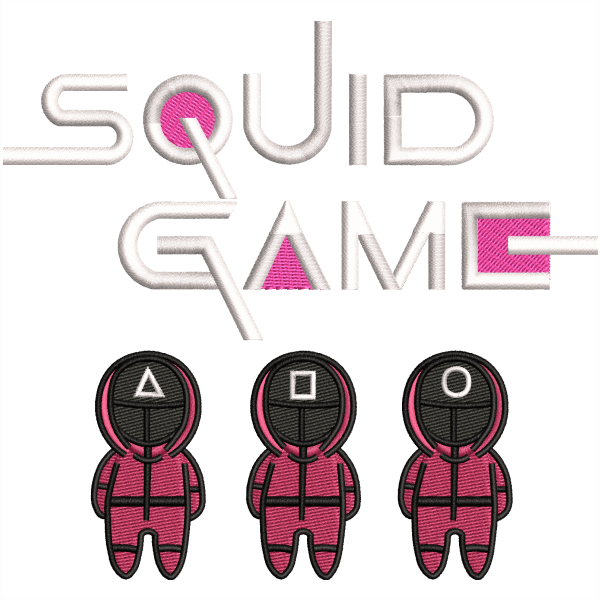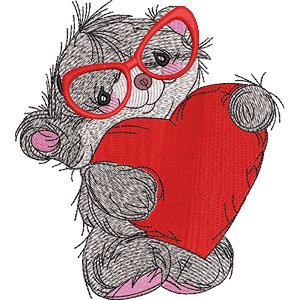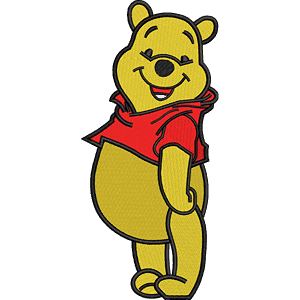With the increasing competition in business the need for branding cannot be overlooked and with that, the importance of machine embroidery digitizing has been increased.
The process is performed through an embroidery digitizing software which convert an image into embroidery file in digital format after processing it.

What is Digitizing for Machine Embroidery
Introduction
Digitizing for Machine Embroidery:
Now there are many embroidery machines available with software that do all the digitizing by understanding instructions and you do not have to put any effort into it. Digitizing has played an important part in industry by providing opportunities to create logos or professional images of big companies which make them stand out.
Companies also opt for custom embroidery designs for their trademark. For providing embroidery digitizing services you need to find out the type of machine you are using because the software will detect the file accordingly to convert that into an artwork.
Embroidery Digitizing
&
Vector Art Services
Are you looking for embroidery digitizing and vector art services at low cost with superfast turnaround, guaranteed quality and preview before pay? So, you are at right place. We can digitize and vectorize any type of artwork in your required file format.
Before digitizing you need to follow the basic steps:
- Update your logo on the computer for digital artwork
- Select the size of your embroidery design
- Choose stitching pattern and direction
- Select the color of embroidery threads for digital embroidery
- Convert that file on to your machine
For digitizing for machine embroidery it is important to understand the pattern of your design, size, selection of threads and the direction of stitching. These factors play a major part in your digitizing process and if you don’t consider them you may not be considered as a good digitizer.
There are specific patterns for fabrics that are tough, silky and light and also the thread selection is different for each of them so these small details affect your digitizing skills. The embroidery digitizer has the responsibility to analyze what is the best artwork for a business or which thread color will represent their logo the best because the company has no input into it. Selecting the best stitch type in the machine embroidery digitizing process also can be a game changer.
Satin Stitch:

If a company wants its logo in embroidered text then satin stitch is the best choice in digitizing for machine embroidery. The embroidery threads are comparatively long and do not cause breakage which can be a problem maker. The length of the stitch should be kept at 12.1 mm that gives a sleek and shiny look to the text. Satin stitch is commonly used for digitizing
- Borders
- Text and Letters
Straight Stitch
This pattern of stitching is fundamental in the embroidery digitizing business. Straight stitch is used for basic designs where straight lines are used to make a design. If a thick pattern is needed then straight lines are placed repeatedly. The stitch is not only used for straight designs but the lines can also be placed on curved patterns. The basic straight stitch in digitizing for machine embroidery is used where there is a requirement of:
- Outlining the design
- Shading the design
- Detailing of the design
Fill Stitch
Fill stitch is used for advanced digitizing where more work is needed. The maximum attention to detailing is important and the length for the stitch should be kept at 4 mm. It can also be called ceding or tatami stitch. As the name indicates it is basically used to fill in the heavy textured patterns of embroidery. The common examples where a fill stitch is needed
- Designing a textured look
- For more durable patterns
- For long patterns of design
- Filling in empty spaces
Sew Out Embroidery:
Digitizing for machine embroidery is a long process with a lot of detailing though many digitizers are aware of patterns, color transitions and type of material but there are many other small points that need to be taken into account. Digitizer must work and experience with the colors, stitching patterns and designs to know which will fit the best for the digital artwork. With the efforts of a digitizer and an efficient software a perfect artwork can be designed.
Pull and Push:
The digitizer while working in the embroidery digitizing business should know about the push and pull phenomenon. This happens while dealing with the textured and bulky materials, long stitching patterns, and with the use of inappropriate bobbin threads which cause this difficulty. A good digitizer knows how to eradicate the problem as it is a part of the digitizing process.
conclusion
It is important to use the best methods for digitizing and skilled digitizers should supervise the process because a small mistake in detailing or wrong patterns can ruin your reputation in the embroidery digitizing business. So it is the best advice for digitizers to invest in the process to keep an eye on every detail and pattern without damaging the quality of the fabric and bring the best digital artwork to the market. You may check our free designs here:
Frequently Asked Questions
1. In the first step you only have to insert your logo or design file JPG, PNG, ETC into the program and crop any unimportant blank space around the picture you would like to embroider. 2. Next, input your desired sizes for your embroidered design or logo. This would be the exact size that your image would appear on your item, so ensure to cautiously calculate the accessible space for embroidery on the item first. Once you have it right ensure to lock the image before moving on to the next step. 3. There is a range of different stitch types that are utilized to achieve different looks, textures, and a lot more. Every stitch type has a maximum stitching length that should be taken into consideration. You must as well consider fabric tye and the push & pull of the clothing when choosing your stitch types. 4. Setting the direction of the stitch is significantly making a road map for your embroidery machines to follow. You will tell the machine’s instructions step by step for every stitch. Different stitch designs could be used to accomplish the look of different textures, colors, and shades. Skipping this step would outcome in a lot of trims, jumps, and an unsightly machine pattern. Making an effective direction for stitch would as well save your thread and time! 5. From the color bar choose your embroidery thread colors. Ensure to match the embroidery thread colors to your corporate logo Pantone colors. 6. Transfer your converted embroidery file DST, EXP, JEF, etc to your embroidery machine. This could be done using a USB port, flash card, or directly from the computer running the embroidery software. 7. There are several steps you have to take to get your embroidery machines ready to stitch out your digitized company logo or pattern. First, you have to tell the machine about the design components by choosing the proper threads, needles, orientations, and embroidery sequence. Ensure that your machine has your needed thread colors. After that, place your items or material in your embroidery loops or embroidery frames and slide them into the embroidery machine arms. 8. See your embroidery machine go to work on your newly digitized design or logo. This only should take several minutes. Once it is done, check the embroidered designs to see if you want to make any digitized adjustments before you embroidery your items. If significant, make the adjustments and test again unless you are completely satisfied with the outcome. Then you are all set to embroider items with your amazingly digitized design.
The estimated cost to digitize a design is around 0.08$ to 0.15$. Are you looking for a digitizing company that could meet your highest standards of quality while meeting your urgent deadlines? Zdigitzing has got your back. At ZD, our goal is very clear; we offer our clients effective and reasonable embroidery digitizing services all over the world with zeal and passion. With their depth and attention to detail, our amazing embroidered designs are made to amaze you and your customers.
The digitizing software converts the pictures and design into stitching that a machine could understand easily. Understanding the embroidery digitizing types is one of the most important pieces of the maze. There are a lot of variables and choices to think about while assessing and choosing the types of embroidery digitizing. Digitizing is not as easy as uploading your picture file to the machine and setting it to function. It is a lot more intricate than that. Transforming the pictures digitally into embroidered designs is not hundred percent automatic because the machines cannot identify and read the same files that your PC can. So, it has to be converted into a digitized design first because that is the language the embroidery machine understands.
Most average embroidery logo designs are about six hundred stitches. If an embroidery pattern has six thousand stitches, most all commercial machines would finish the job in about ten minutes. Your average embroidery machine would run five hundred to eight hundred stitches every minute.
Logos are the must-have marketing material for all business types. Logos are a visual representation of businesses that are widely utilized for all other marketing material, including, forms, brochures, websites, caps, tees, etc. A fully designed logo would help you transform your business into a brand by reflecting a superior look of your business model. At ZD, we make sure your logo stays as appealing as possible with detailed attention to the finest of the curve while adding the essential depth to provide it with portability to be utilized for all marketing reasons, including caps, tees, and jackets, shirts, sleeves, etc. The process of changing your logo design into scalable and machine-readable artwork is called logo digitizing. We at ZD use logo digitizing software to ensure we get the best outcome. Vectorization of the logo adds the deepness of scalability to it, which allows its use across all marketing materials without having to be concerned about inferior quality or pixels. We are providing logo digitizing services for all major formats to provide you with complete flexibility and liberty to use.

